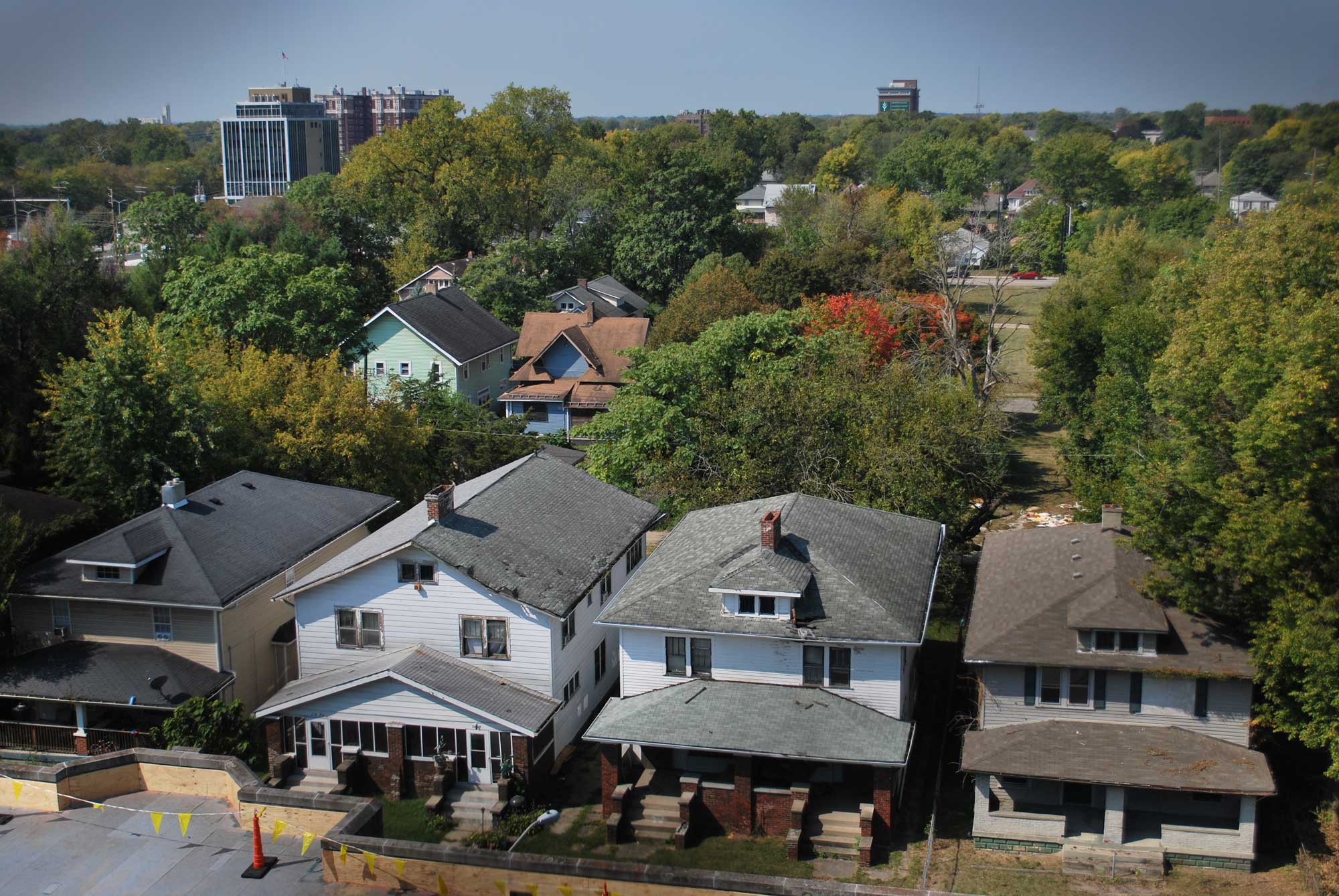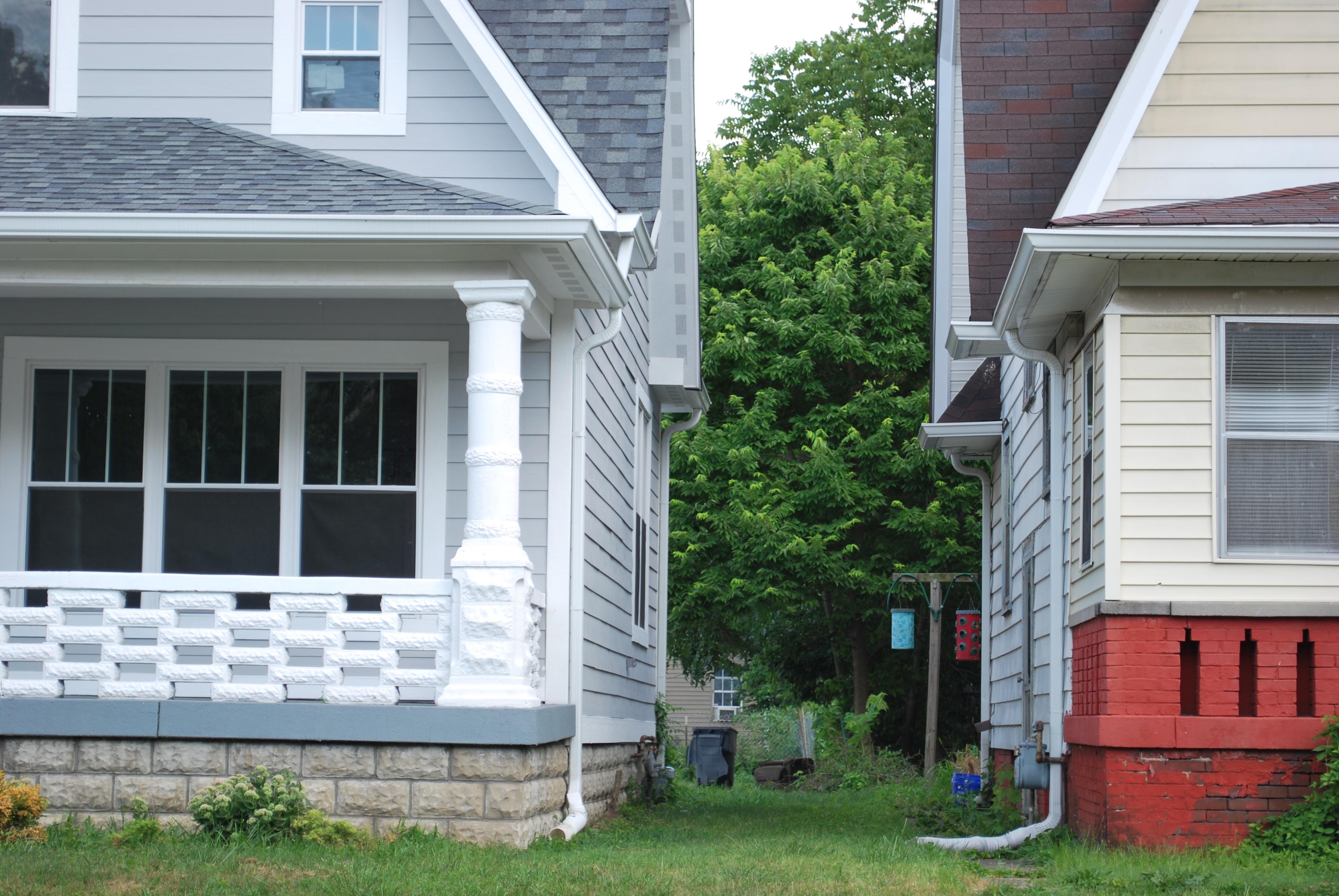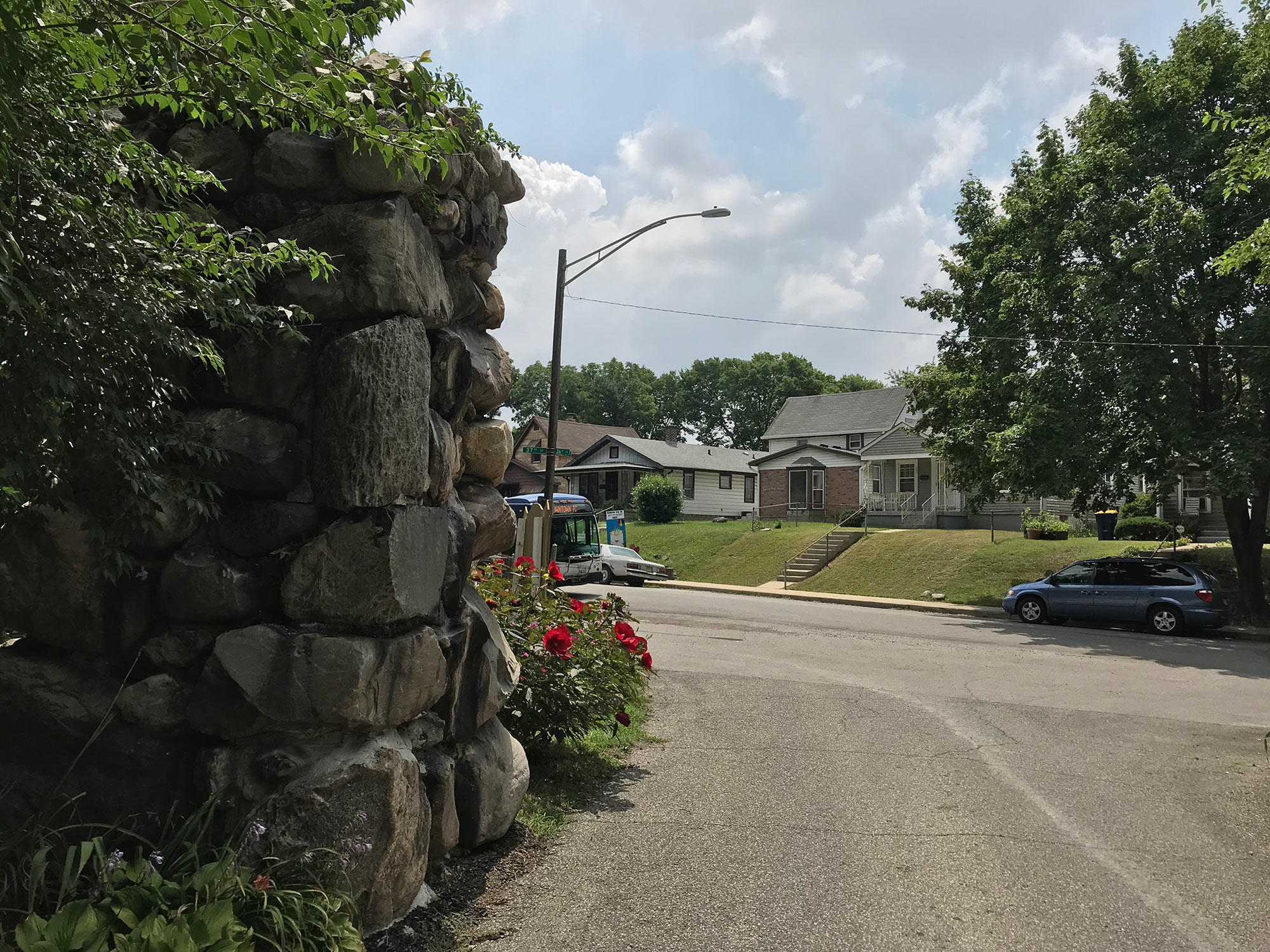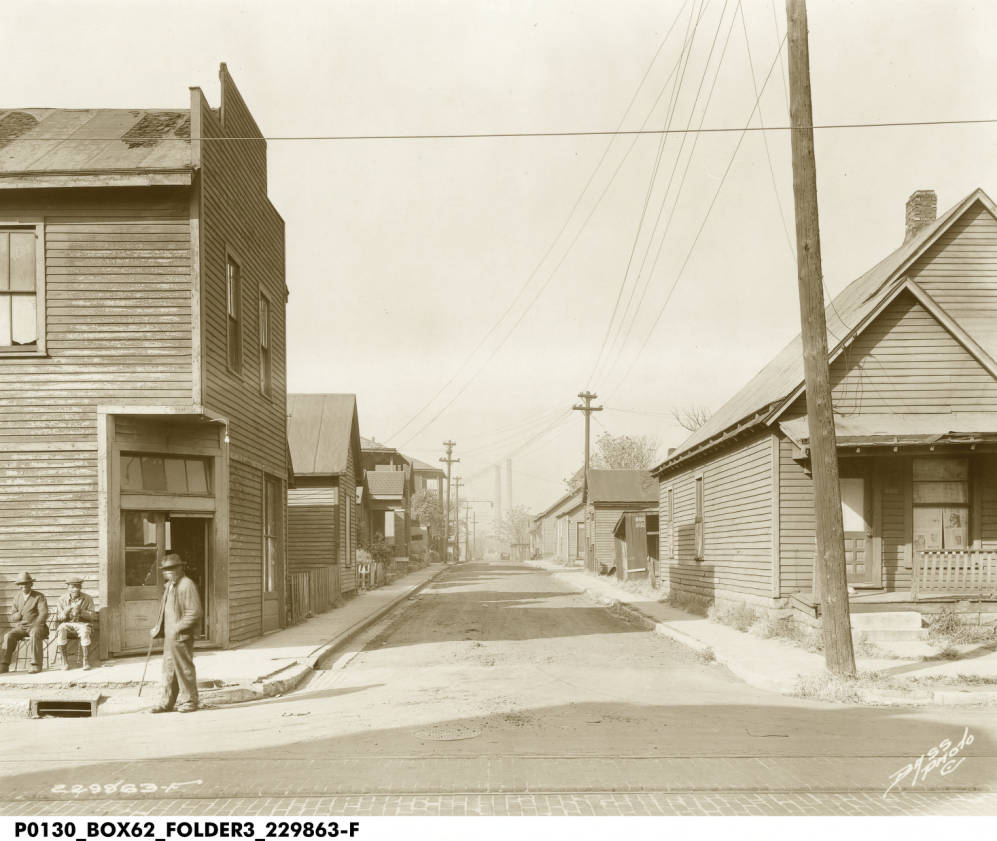From 1970 to 2016, the forces of suburbanization and white flight, followed by the ensuing forces of urbanization, have significantly changed neighborhoods across the Indianapolis region. White, educated, and middle- to upper-income households left the core of Indianapolis in the 1970s. They moved to the outskirts of Marion County and to other counties, enabled by the construction of Interstates 65 and 70 (fully complete by 1974), which made it easier to commute to Indianapolis from suburban areas. Racially discriminatory real estate practices like blockbusting,1 and lending practices like red-lining,2 led white households to leave Indianapolis and prevented black households from moving to new suburban communities.
The current demand for communities with a mix of housing, shopping, and other uses3 has impacted urban and suburban communities differently. In some urban neighborhoods, this demand has translated to increases in the populations that can afford to live there: white, educated, and middle- to upper-income. In some suburban neighborhoods, demand for urbanization has led to the build-out of dense city centers.







